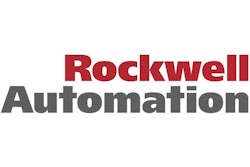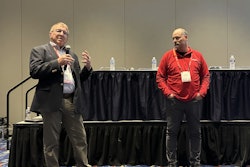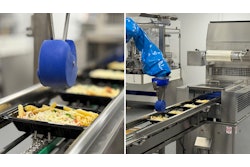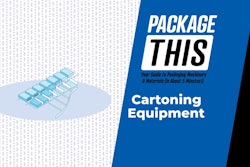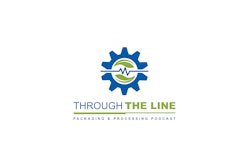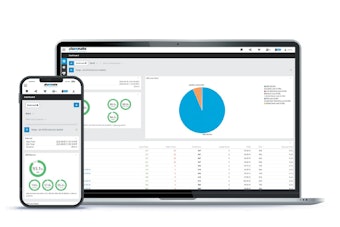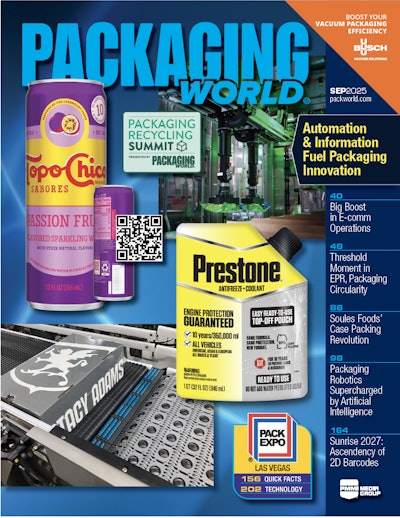As more brand owners begin including digital twin requirements in their RFQs, Rockwell says OEM engagement is becoming one of the most important success factors. At Rockwell's Automation Fair this week, Dwayne Negron, digital twin capability manager at Kalypso, a Rockwell business, noted that more end users are “bringing in digital twin requirements on first pass to their contracts,” which means machine builders are increasingly expected to support them.
For CPG engineering teams preparing for new equipment purchases or line upgrades, here are the questions Rockwell recommends asking OEMs early:
1. What CAD assets can you provide, and in what format?
Digital twins depend heavily on simplified or full-detail CAD models. CPGs should understand whether their OEM can provide the required geometry and how the OEM handles IP protection.
2. Can you provide virtualized PLC logic for emulation?
Rockwell emphasized that digital twins work best when the OEM shares real controls code, not placeholder logic. Ask whether the OEM supports program encryption or controlled-access environments for collaboration.
3. Are your machines already part of a digital twin library or reference model?
Rockwell is building partnerships with OEMs to pre-build digital twins of specific assets. If your equipment is already modeled, your commissioning and troubleshooting twins could come online faster.
4. How will updates be managed post-installation?
Controls revisions, firmware changes, and mechanical updates all affect the accuracy of a digital twin. Ask whether your OEM has a change-management pathway that keeps virtual and physical machines aligned.
5. What support do you offer during virtual FAT or commissioning?
Digital twins allow FATs, I/O checks, safety logic validation, and sequencing tests to start weeks or months earlier. OEM participation in virtual FAT can significantly reduce startup risk.
6. How does the OEM protect its IP while enabling your modeling needs?
Negron acknowledged OEM concerns directly: “OEMs are protective of their CAD data, PLC/software programs, and process expertise.” Ask what encryption methods, access controls, or middle-ground collaboration tools the OEM uses to safely support you.
Together, these questions help ensure that CPGs and OEMs approach digital twins not as an afterthought, but as a strategic component of modern packaging equipment design, delivery, and lifecycle management.



